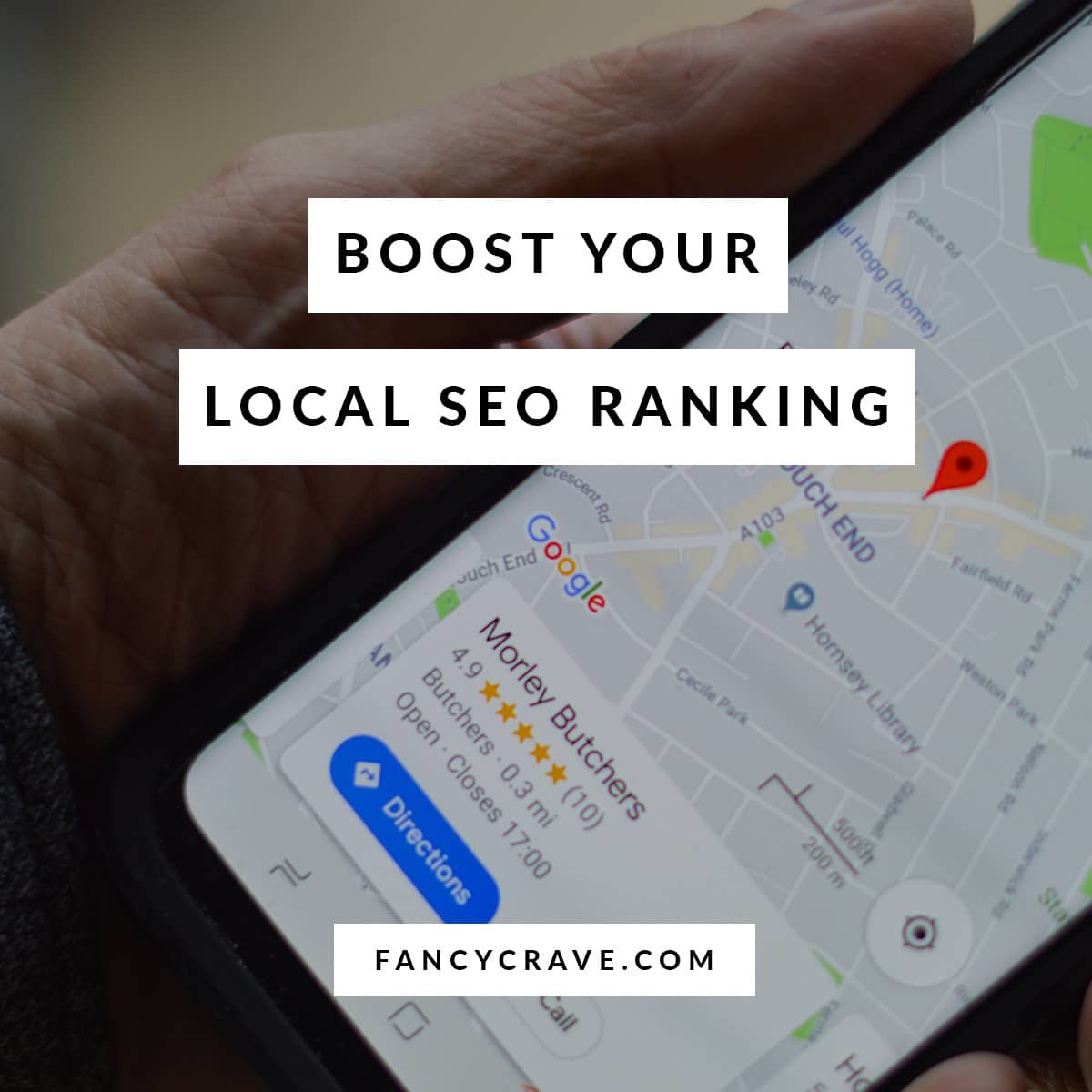The Google “3 Pack” has become important for SEO for marketing experts across the world. A few years ago, Google decided to remove the original “7 Pack” design that would come up when searching for local results. The 3 Pack now only displays the top 3 search results with more condensed information on display.
It is believed that the new design was intended to optimize the display on a smartphone search. The information now displayed shows the business name, rating, price range, hours, and address primarily.
Local Listings and Consistency:
First, it is important that you have all the displayed information correct. Your name, number, and address should be up to date and listed correctly across all sources. Getting your information to appear on various local sites will boost your appeal to Google, and it will use these sources to confirm that your information is correct.
It doesn’t matter where the listing is, as long as it is a verified local source. This can include local government pages, job boards, chamber of commerce, community club websites, or even a local church. If you keep your information formatted consistently across these sources, it will read as reliable to Google and help ensure you hit one of the local 3 Pack spots.
Sometimes not even large corporate companies will hit these spots, despite a huge presence and highly refined SEO. This is because the intention of the search results is to focus on items that are actually local, so a listing in a local online catalog will hold more value in this case than pure internet traffic.
To summarize the important aspects of your listing, always use the exact business name as listed in all your contacts. Make sure to claim your business, and remove any duplicate listings that may appear. Add a profile description, cover photo, and other relevant media that might draw attention to your business.
Confirm that your business hours are correct and that your category is in the proper category. If you have multiple locations, keep your links connected to location-specific pages on your websites. Keeping these details accurate and your business profile fully fleshed out will help considerably.
Mobile-Friendly:

Another key factor is keeping your website mobile responsive. There is actually a difference between “mobile-friendly” and “mobile responsive,” although they are very similar. Mobile-friendly means your website content will appear consistent across all devices and tend to be simpler in design.
A mobile responsive website tailors its functionality to a mobile platform, changing as needed to fit the user’s needs. Both will help increase your ability to be in the 3 Pack. If you are absolutely serious about SEO for your business then you’ll need to build a responsive website to guarantee the best search results.
Importance of Reviews:
The vast majority (over 90%) of any type of consumer will consult some form of online review before making a purchase. As you might expect, positive reviews have shown to increase buyer confidence from companies that rate well. Getting your business strong Google reviews will be helpful in the long run regardless, but they will also increase your odds of hitting the local search results 3 Pack.
The first step to good reviews is providing a good product, but sometimes your customers need a little push to get reviews out. Unfortunately, users are more likely to leave a review when they have a negative experience, so if you know the experience was positive, follow up with that customer.
Speak to them directly, and ask for permission to post their verbal review. Or follow up in email requesting feedback. This is usually most effective within a day or two of providing service, while the experience is still fresh in their mind.
If you are still struggling to get reviews, engage in promotions that encourage your customers to give feedback. Discounts or small rewards are a good way to encourage repeat buyers and get reviews.
Unique Location Content:

Most websites have little to no variation between location-specific pages. If you want to stand out from the crowd, and hit the top search results, make sure to put a little more effort into your location pages.
Examples of unique content are location-specific images and descriptions. Or try posting a few reviews on the page from that location. If you can, provide a personal touch. Feature a little history from the area and how that location got started.
Highlight the local manager and employees, and any local clients that you work with. Anything that helps mention local features of the location will help differentiate the page, so mention what you like about the area, people, business, etc.
When you are building your website tags, normally it is a good idea to include your state or area in the title tag. Having the location in your title tag is helpful for potential customers to find local pages, but doesn’t always do much to improve your local business rankings through Google.
At the very least, keep the full address formatted so that it can be read by HTML when Google bots are searching for a business profile. Building an organized folder structure will help. In a URL this would look like a listing for your website, followed by a slash major location, and then a slash specific location.
Also, remember to use a local area code phone number for your contacts as opposed to a toll-free number. This is more important for multiple locations but is necessary for hitting the local rankings either way. If needed, most directories offer a spot for toll-free numbers as well, but you shouldn’t expect long-distance searchers to hit your local business page in the search results anyway.
Database and Citations:
As we mentioned before, keeping your name, address, and phone number up to date is important. Getting this information listed on various sources as citations will help increase your 3 Pack results.
Local directories with big resources such as Yelp are worth focusing on. Filling out dozens of directories won’t make or break your results however, so just stick to the biggest local resources.
Every country has several primary sources for data aggregation. You can look up yours and confirm that your business information is correct across the interest. Google will be drawing from these data centers to autofill searches, so keep an eye on Bing Maps, Yellow Pages, Yelp, and Google Maps for this information.
Search your local city directories as well, and check with local blogs to see if you can promote your business there.
SEO and Organic Search:

SEO will always be important in reaching the top rankings of search results. The Google 3 Pack is no different. Doing well in organic search results tends to correlate strongly with being in the 3 Pack local results also.
Google reported that part of the change to the 3 Pack system was because the bottom 4 of the 7 Pack didn’t get good search results anyway.
So, if you want to maximize your local results in the area like Chandigarh, you’ll want to focus in on getting on Chandigarh business yellow pages, or the Chandigarh Directory. You can also discover many SEO services in Chandigarh that will help you perfect your SEO with assistance from experts.
You can find plenty of companies in Chandigarh that will help you with local searches in your region as well.
Conclusion:
This guide will you navigate various strategies and methods for getting your business into Google’s 3 Pack local results. However, given the highly complicated and ever-changing algorithms involved in SEO, it is always worth considering hiring an expert in this field. To further enhance your website, go here for a free geocoder api.
SEO experts are one of the fastest-growing professions around, and for good reason. The problem is this guide might just end up being obsolete tomorrow! Stay focused on what is coming up in the world of SEO, and be ready to adapt. The best tips and tricks never stay the same forever.

